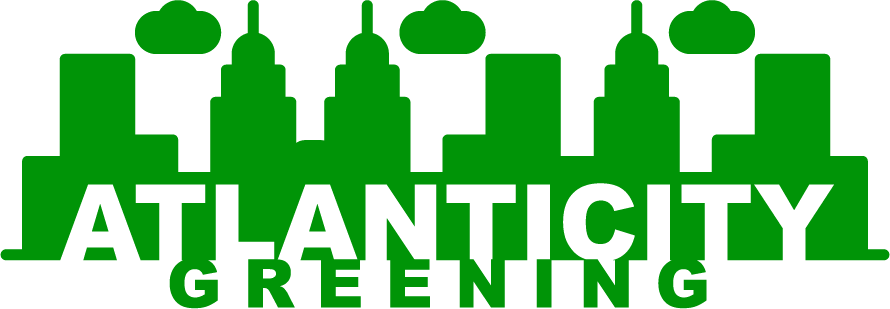PET Recycling Solutions for Transforming Plastic Bottles Into Reusable Materials
Polyethylene terephthalate, commonly known as PET, is one of the most widely used plastics in packaging, particularly for beverage bottles, food containers, and personal care products. Its lightweight, durable, and transparent properties make it an ideal material for consumer goods. However, the widespread use of PET Recycling has also led to significant environmental concerns. Discarded PET bottles contribute to plastic pollution, overwhelm landfills, and pose threats to marine life. Recycling PET efficiently is therefore essential to converting waste into reusable materials and supporting sustainable practices.
Understanding PET and Its Recycling Challenges
PET is highly recyclable, yet effective recycling requires addressing several challenges. Contamination from food residues, mixed plastics, and labels can reduce the quality of recycled material. Additionally, improper disposal and insufficient collection systems often result in PET bottles ending up in landfills or natural environments. Businesses and municipalities seeking sustainable waste management must implement strategies that optimize the collection, sorting, and processing of PET materials to maximize recycling efficiency.
Mechanical Recycling of PET Bottles
Mechanical recycling is one of the most widely employed methods for PET recovery. This process involves collecting used PET bottles, thoroughly cleaning them, shredding into flakes, and then melting the material to create new products. Mechanically recycled PET (rPET) can be used in manufacturing new bottles, textiles, packaging, and construction materials. Technological advancements in automated sorting and washing systems have significantly improved the efficiency and quality of rPET production, allowing for a higher proportion of post-consumer PET to be successfully reused.
Chemical Recycling for Contaminated PET
Chemical recycling provides an innovative solution for PET materials that are too contaminated or degraded for mechanical recycling. In this process, PET is broken down into its monomers or other chemical intermediates through depolymerization. These recovered materials can then be used to produce new PET or other polymer products, creating a closed-loop system that reduces reliance on virgin plastics. Chemical recycling enables the transformation of low-quality or mixed PET waste into high-value materials, making it a critical component of sustainable recycling strategies.
Integration Into Circular Economy Models
PET recycling solutions are vital to the principles of a circular economy, where materials are continually reused rather than discarded. By incorporating recycled PET into production cycles, manufacturers can conserve natural resources, reduce carbon emissions, and promote environmentally responsible practices. Circular economy initiatives also encourage collaboration between manufacturers, recycling facilities, and consumers, ensuring that PET waste is effectively captured and reintegrated into production streams.
Role of Consumer Awareness and Participation
Successful PET recycling relies not only on technology but also on consumer engagement. Proper segregation and disposal of PET bottles at the household level significantly improve recycling outcomes. Public awareness campaigns, convenient collection points, and clear labeling can encourage consumers to participate actively in recycling programs. Educating communities about the benefits of PET recycling helps build a culture of responsibility and reinforces the environmental impact of small individual actions.
Environmental and Economic Benefits of PET Recycling
Recycling PET offers a wide range of environmental and economic advantages. It reduces the volume of plastic waste in landfills and oceans, conserves raw materials such as petroleum, and lowers greenhouse gas emissions associated with producing new plastics. Economically, recycled PET provides cost-effective raw materials for manufacturers, supports green jobs, and drives innovation in sustainable product development. Collectively, these benefits contribute to a cleaner, more resilient environment and a stronger circular economy.
Conclusion
PET recycling solutions transform discarded plastic bottles into reusable materials, addressing one of the most pressing environmental challenges of modern society. By combining mechanical and chemical recycling methods, integrating circular economy principles, and fostering consumer participation, PET waste can be efficiently converted into high-quality products. These efforts not only minimize environmental impact but also promote sustainable production and responsible consumption. Through continued innovation, collaboration, and awareness, PET recycling plays a pivotal role in shaping a more sustainable future for both industry and society.



Recent Comments